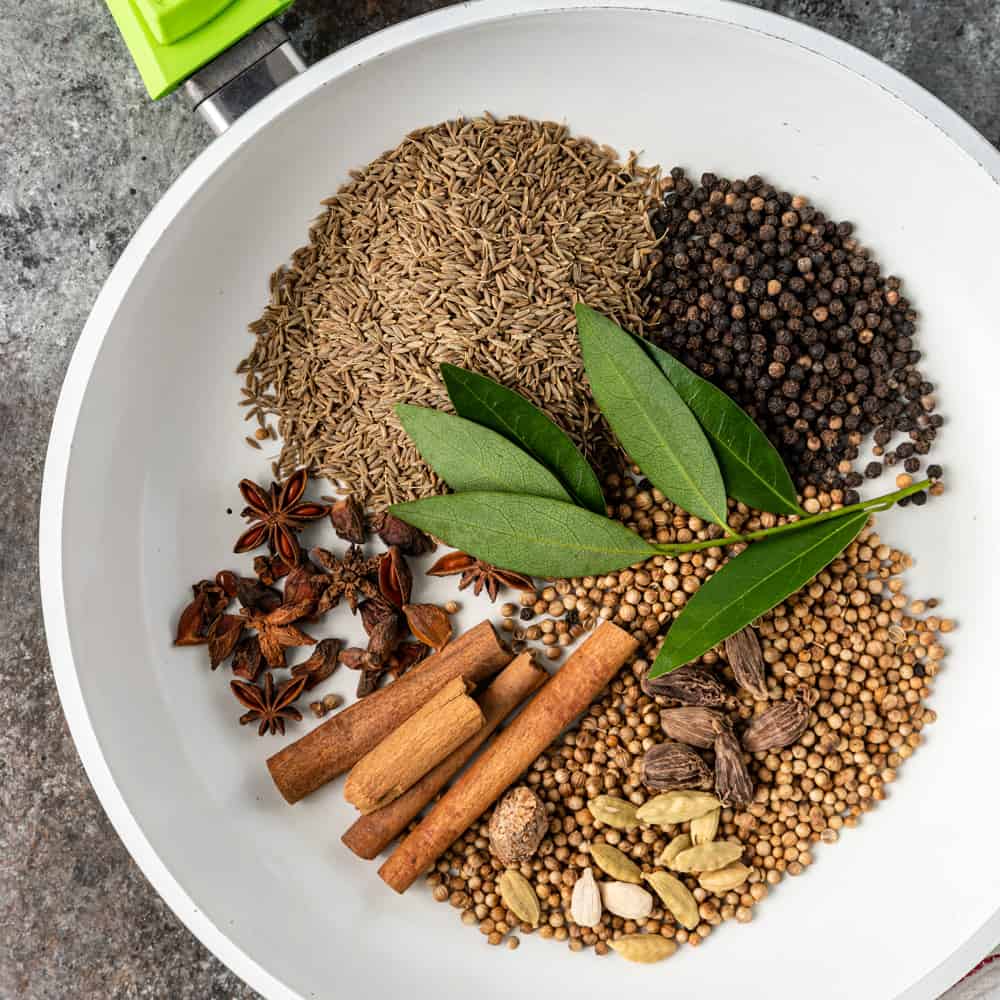Pickling and fermentation are age-old food preservation methods that not only extend the shelf life of foods but also transform their flavors, giving rise to tangy, complex profiles that are beloved around the world. While the processes themselves are fascinating, the secret to their success often lies in the spices used. In this article, we’ll explore how spices play a crucial role in the art of pickling and fermentation, turning ordinary ingredients into extraordinary culinary delights.
The Science of Pickling and Fermentation
Before delving into the world of spices, let’s briefly understand the processes of pickling and fermentation.
- Pickling: Pickling involves immersing food items (typically vegetables) in an acidic solution, often vinegar or brine, to preserve them. This process not only extends shelf life but also imparts a delightful tanginess to the food.
- Fermentation: Fermentation is a natural process in which microorganisms, like bacteria and yeast, break down sugars and starches in foods. This results in the production of acids, gases, and alcohol, transforming the flavor and texture of the food.
The Role of Spices in Pickling
Spices are essential in pickling for several reasons:
- Flavor Enhancement: Spices like dill, mustard seeds, and coriander add complexity and depth to the pickling liquid. They infuse the preserved vegetables with unique, aromatic notes.
- Preservative Properties: Many spices have natural preservative qualities. For example, the antimicrobial properties of garlic and cinnamon can help prevent spoilage in pickled foods.
- Aesthetic Appeal: Spices can also enhance the visual appeal of pickled items. Red chili flakes, for instance, not only add heat but also lend a vibrant hue to pickled vegetables.
Common Spices in Pickling
- Dill: Dill seeds or fresh dill fronds are a classic addition to cucumber pickles, imparting a fresh, herbal flavor.
- Mustard Seeds: These tiny seeds provide a mild, nutty flavor and are often used in pickling recipes for a subtle kick.
- Coriander: Coriander seeds add citrusy, earthy undertones to pickled vegetables, creating a harmonious balance of flavors.
- Turmeric: Apart from its earthy flavor, turmeric contributes a vibrant yellow color to pickled items like cauliflower.
The Magic of Spices in Fermentation
In the world of fermentation, spices work their own unique magic:
- Flavor Transformation: Spices like cumin, fennel seeds, and cloves can completely transform the flavor of fermented foods, making them more aromatic and complex.
- Balancing Act: Spices can balance the flavors in fermented foods. For example, the heat of chili peppers can counteract the sweetness of fermenting fruits.
- Preservative Powers: Just as in pickling, certain spices have natural antimicrobial properties that help control the fermentation process and prevent spoilage.
Common Spices in Fermentation
- Cumin: Cumin seeds add an earthy, nutty flavor to fermented goods like sauerkraut and kimchi.
- Chili Peppers: From Korean gochutgaru to Mexican chilies, these spices provide heat and depth to fermented dishes.
- Ginger: Ginger’s pungency and warmth are ideal for enhancing the flavor of fermented beverages like kombucha.
Conclusion
Spices are the unsung heroes of pickling and fermentation, turning simple ingredients into tangy, flavorful delicacies. As you embark on your own culinary adventures in these age-old preservation methods, don’t underestimate the power of spices. Experiment with different combinations to create unique pickles and ferments that will not only tantalize your taste buds but also preserve the essence of seasonal ingredients for months to come. Spices truly are the key to these tangy transformations in the world of culinary alchemy.

